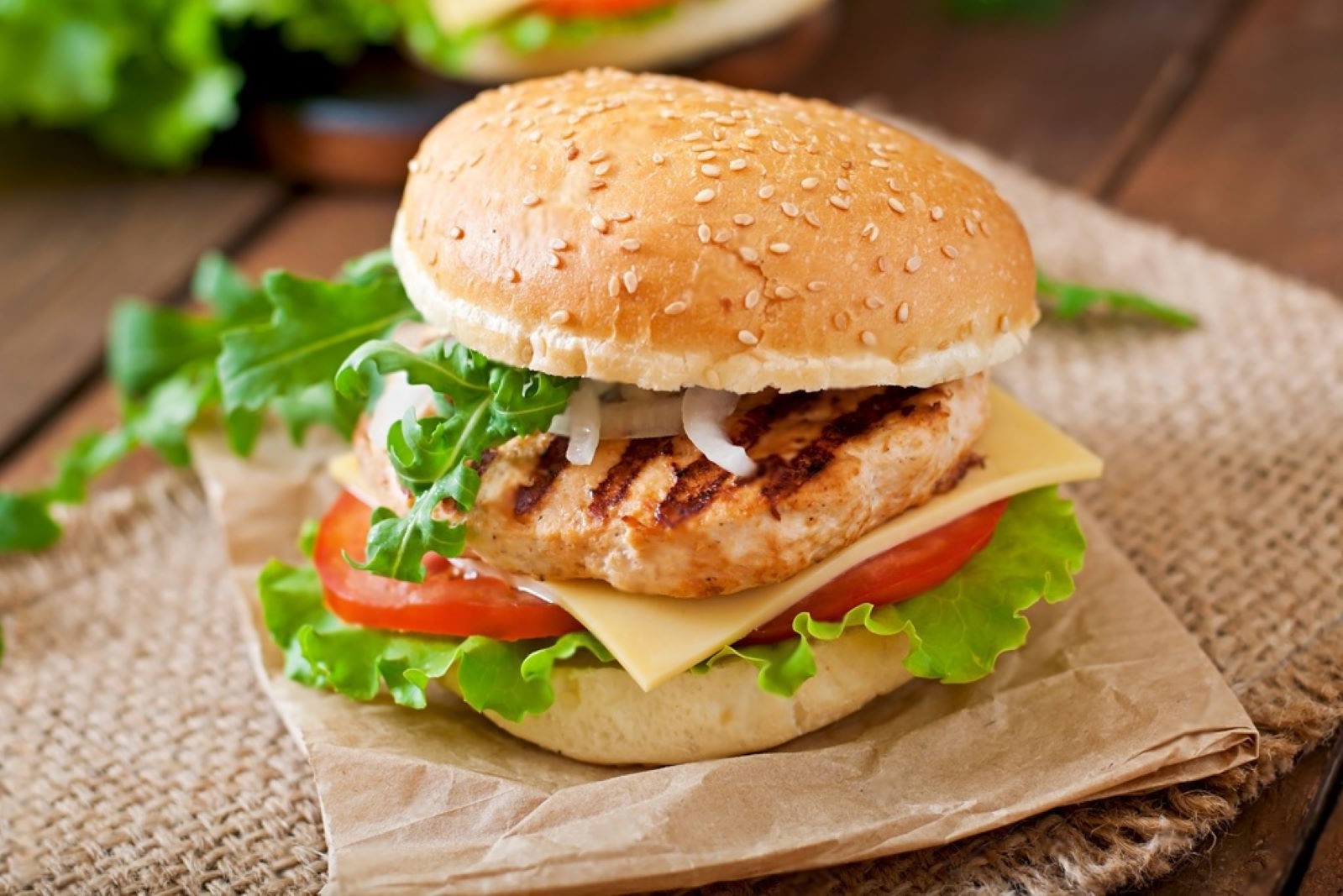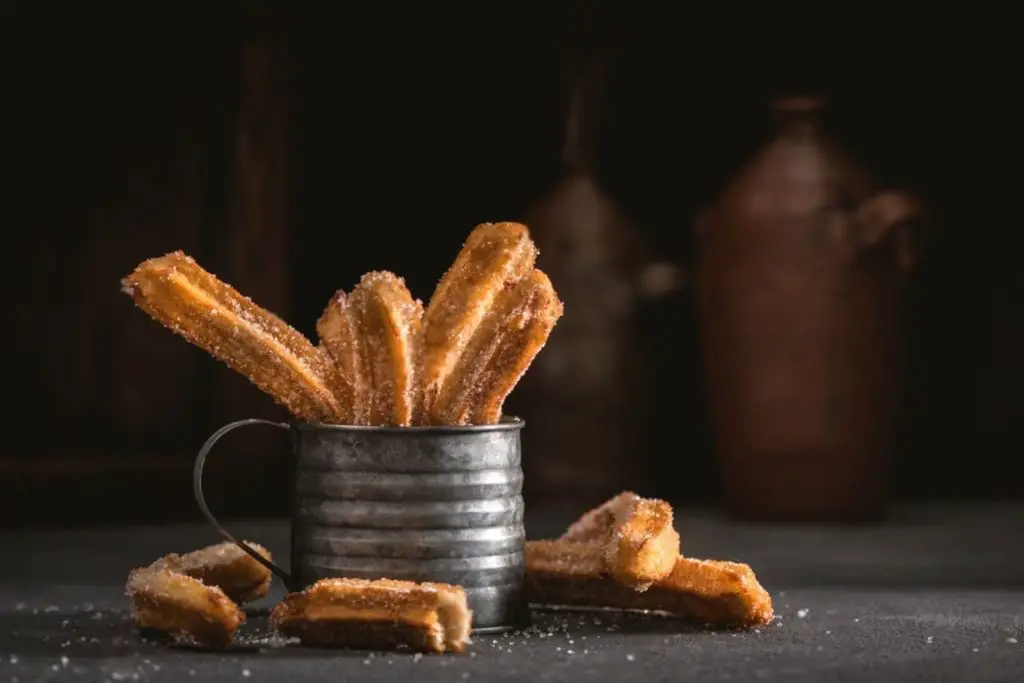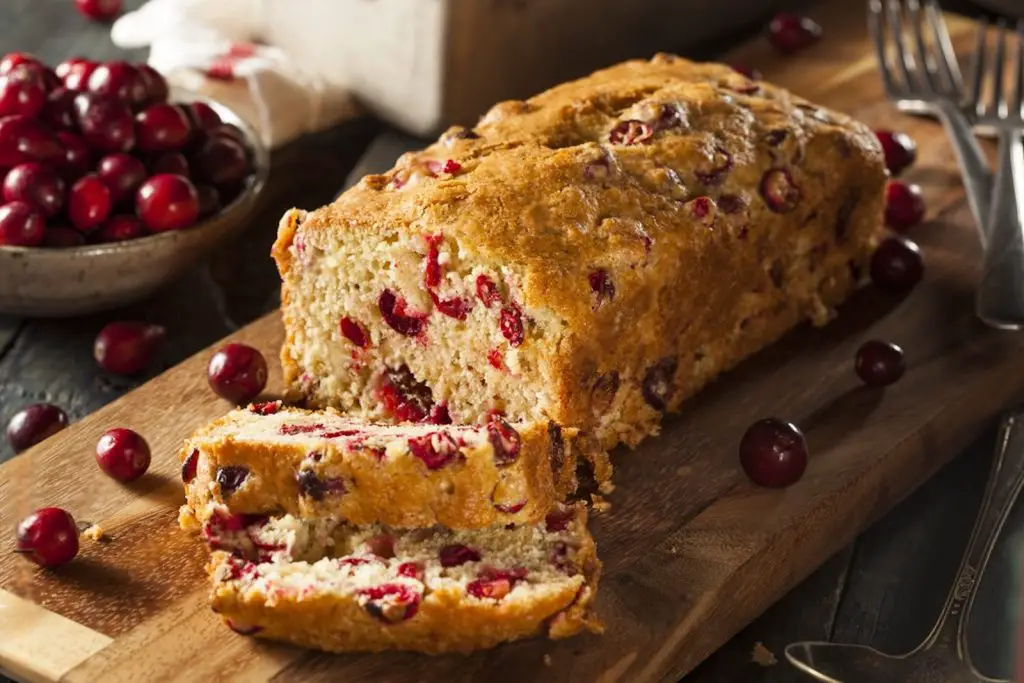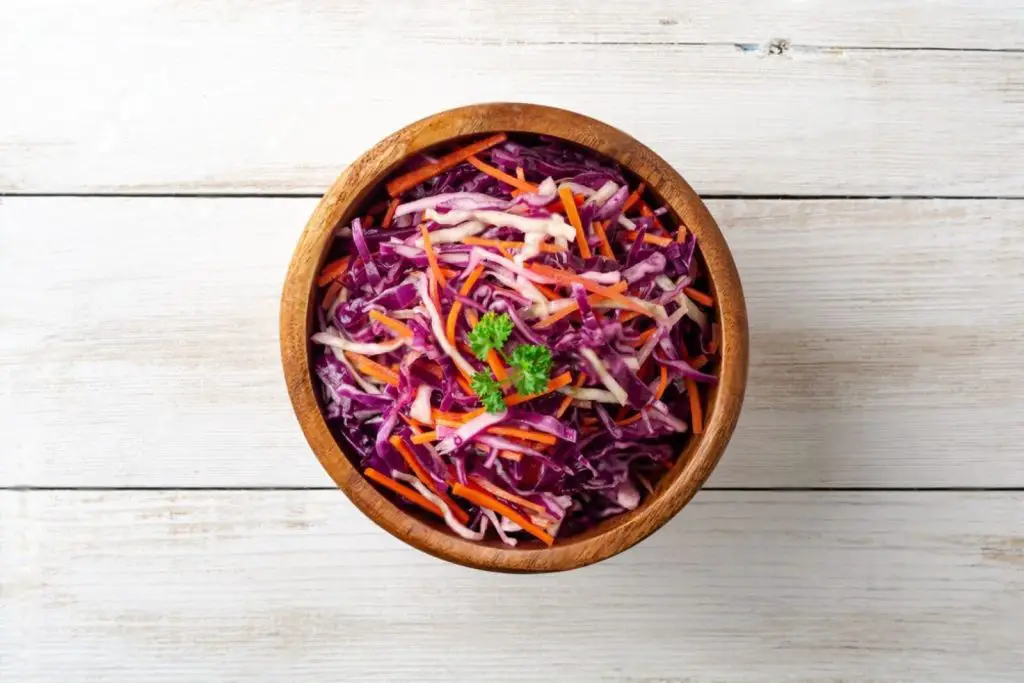
Turkey burgers, a lean and flavorful alternative to traditional beef burgers, have gained popularity among health-conscious individuals and burger enthusiasts alike. With their juicy and tender texture, turkey burgers offer a delicious canvas for a variety of seasonings and toppings, allowing you to create gourmet combinations that suit your taste preferences. From grilled outdoor feasts to indoor skillet creations, turkey burgers showcase their culinary versatility in both casual and upscale settings. Packed with lean protein and a lower fat content, turkey burgers provide a wholesome option for satisfying your burger cravings. However, when making turkey burgers from scratch or when purchasing them in larger quantities, it may be challenging to consume them all before they start to lose their freshness or succulence.
Freezing turkey burgers becomes a practical and efficient method to preserve their delightful taste and tender texture, ensuring that each patty retains its juiciness and culinary appeal, ready to elevate your meals with the essence of perfectly frozen turkey burgers, even when fresh patties are not readily available or when you wish to enjoy these delectable alternatives at your convenience. In this guide, we will explore the best practices for freezing turkey burgers, allowing you to savor the richness of these lean and flavorful patties and elevate your culinary repertoire with the essence of perfectly frozen turkey burgers, without the need for a fresh preparation or frequent visits to the kitchen.
Here are the simple steps to freeze turkey burgers:
Step 1: Prepare the Turkey Burgers
The initial step in freezing turkey burgers involves getting them ready for the freezer while ensuring that they maintain their flavor and quality throughout the freezing and thawing processes. Properly preparing the turkey burgers before freezing them is crucial to preserving their taste and texture for future consumption.
Firstly, it’s important to have your turkey burgers cooked to your desired level of doneness before freezing. This is because the freezing process itself doesn’t cook the burgers; it merely halts the growth of bacteria and other microorganisms that can cause food spoilage. Cooking the turkey burgers before freezing ensures that they are safe to eat when you decide to thaw and cook them again.
Furthermore, seasoning the turkey burgers according to your preference before freezing can enhance the overall flavor of the burgers once they are reheated. Whether you like them lightly seasoned with just salt and pepper or prefer a more elaborate blend of herbs and spices, adding the seasonings before freezing allows the flavors to infuse into the meat as it freezes and thaws. This can result in a more flavorful and satisfying eating experience when you eventually cook and enjoy the burgers.
After cooking and seasoning, it’s a good practice to allow the turkey burgers to cool slightly before proceeding with the freezing process. Allowing the burgers to cool helps prevent the formation of excess moisture within the packaging, which could lead to the growth of ice crystals and potential freezer burn. It also ensures that the burgers don’t raise the temperature of the freezer environment when placed inside, which could affect the quality of other frozen items.
Preparing the turkey burgers by cooking them to your desired doneness, seasoning them to enhance flavor, and allowing them to cool slightly before proceeding with the freezing process. By taking these preparatory steps, you’re ensuring that your frozen turkey burgers will maintain their taste, texture, and quality, providing you with a convenient and delicious meal option in the future.
Step 2: Wrap the Turkey Burgers Individually
When freezing turkey burgers, it’s crucial to take measures that prevent them from sticking together. Properly wrapping each patty individually is a key step in ensuring that the burgers maintain their individual integrity during the freezing process. This not only makes it easier to handle and portion the burgers later on but also helps preserve their quality and prevent potential freezer burn.
Individually wrapping each turkey burger serves several important purposes:
- Prevents Sticking: Turkey burger patties can have a tendency to stick together when they come into direct contact during freezing. This can result in difficulty when trying to separate them, potentially damaging their shape and texture.
- Portion Control: Wrapping each patty individually allows you to easily remove the desired number of burgers from the freezer without having to thaw the entire batch. This is especially convenient when you only need to prepare a single burger or a specific number for a meal.
- Maintains Quality: The individual wrapping acts as a barrier between the patties, preventing moisture from one patty transferring to another. This helps avoid the formation of ice crystals and freezer burn, both of which can negatively impact the taste and texture of the burgers.
To accomplish this step, you can use materials like plastic wrap or parchment paper. Plastic wrap is effective at creating an airtight seal around each patty, while parchment paper provides a non-stick surface that helps prevent sticking. When wrapping, ensure that each turkey burger is fully enclosed and that the wrapping material is securely sealed to keep out air and moisture.
Additionally, placing a small piece of parchment paper between each wrapped patty can provide an extra layer of protection and help prevent any potential contact between the burgers while they are being frozen. This can further reduce the risk of sticking and maintain the individual quality of each burger.
Involves individually wrapping each turkey burger patty with plastic wrap or parchment paper. This practice prevents sticking, aids in portion control, and maintains the quality of the burgers during freezing. By taking this simple yet effective step, you’re ensuring that your frozen turkey burgers remain easily accessible, maintain their distinct shape, and provide a convenient and enjoyable meal option in the future.
Step 3: Layer and Separate in a Container
Once you’ve individually wrapped each turkey burger, the next crucial step is to arrange them in a way that optimizes their freezing conditions. This involves placing the wrapped patties in a suitable container or freezer-safe bag, and if you’re stacking multiple layers, employing a helpful technique to prevent any potential sticking or damage during freezing.
Here’s why this step is important and how to execute it effectively:
- Preservation of Individual Quality: By placing the wrapped turkey burgers in an airtight container or resealable bag, you create a controlled environment that shields them from temperature fluctuations, air exposure, and moisture. This environment is essential for maintaining the burgers’ quality and taste during their time in the freezer.
- Avoiding Sticking: Placing parchment paper between layers of turkey burgers helps prevent the patties from sticking together as they freeze. Sticking can distort their shape and texture, making it difficult to separate them when you’re ready to cook. The parchment paper acts as a barrier, minimizing the chances of contact between patties.
Here’s how to layer and separate effectively:
- Choose the Right Container or Bag: Opt for an airtight container or a freezer-safe resealable bag that fits the quantity of turkey burgers you’re freezing. Both options are designed to keep out air and moisture, which helps preserve the quality of the burgers.
- Single Layer: If you’re freezing a small batch of turkey burgers, place them in a single layer inside the container or bag. This prevents overcrowding and allows for even freezing.
- Multiple Layers: If you’re freezing a larger quantity and need to stack multiple layers, place a piece of parchment paper between each layer of wrapped turkey burgers. This separation prevents them from sticking together while they freeze.
- Minimize Air: If using a resealable bag, press out as much air as possible before sealing. This reduces the potential for freezer burn and helps maintain the quality of the burgers.
By layering and separating the container, you ensure that your individually wrapped turkey burgers are stored in a manner that promotes their longevity and quality in the freezer. Proper layering and separation reduce the chances of sticking and protect each patty from potential damage, allowing you to retrieve and use them with ease when you’re ready to enjoy a delicious turkey burger.
Step 4: Seal and Prepare for Freezing
As you continue the process of freezing turkey burgers, proper sealing becomes paramount to maintaining their quality and taste over an extended period. This step involves ensuring that the container or bag holding the wrapped turkey burgers is tightly sealed. Additionally, if you’re utilizing a resealable bag, removing excess air before sealing it plays a crucial role in preventing freezer burn and preserving the burgers’ overall quality during their time in the freezer.
Here’s why this step is essential and how to execute it effectively:
- Preservation of Quality: An airtight seal is vital for locking in the freshness and flavors of the turkey burgers. It prevents the burgers from being exposed to air, which can lead to moisture loss, temperature fluctuations, and the potential for freezer burn. Proper sealing ensures that the burgers remain as close to their original state as possible.
- Minimization of Freezer Burn: Freezer burn occurs when the surface of frozen food is exposed to air. It can lead to dehydration, texture changes, and a decrease in overall quality. Proper sealing, particularly when combined with air removal from resealable bags, significantly reduces the risk of freezer burn.
Here’s how to seal and prepare for freezing effectively:
- Container Sealing: If you’re using an airtight container, ensure that the lid is securely closed and tightly sealed. Check for any gaps or openings that could allow air to enter.
- Resealable Bag Technique: If you’ve opted for a resealable bag, gently press out as much air as possible from the bag before sealing it shut. Start from the bottom of the bag and work your way upward, carefully squeezing out the excess air as you go. Once you’ve minimized the amount of air inside the bag, securely seal it.
By properly sealing the container or bag holding the turkey burgers, you’re taking a critical step to safeguard their quality and taste during freezing. An airtight seal prevents exposure to air and helps maintain the burgers’ moisture content and texture. When using resealable bags, the additional step of removing excess air reduces the risk of freezer burn, further ensuring that the frozen turkey burgers will be as enjoyable as possible when you decide to cook and savor them in the future.
Step 5: Label with Date and Type
As you move forward with the process of freezing turkey burgers, it’s crucial to incorporate effective labeling to keep track of the contents in your freezer. This step involves using a permanent marker to label the container or bag holding the turkey burgers with essential information, including the current date of freezing and a brief description like “Turkey Burgers.” This labeling practice serves as an organizational tool that helps you monitor the duration of storage and easily identify the contents, contributing to an efficient and hassle-free freezer experience.
Here’s why this step is important and how to execute it effectively:
- Tracking Storage Duration: Frozen foods have varying optimal storage periods before their quality might start to decline. By labeling the turkey burger container with the date of freezing, you create a clear reference point for how long the burgers have been in the freezer. This information assists you in ensuring that you consume them within the recommended timeframe for the best taste and texture.
- Easy Identification: As time goes by, it can become challenging to differentiate between various frozen items, especially if they are similarly wrapped. Labeling the container with a brief description like “Turkey Burgers” ensures that you can quickly and easily identify the contents without having to open the packaging or rely solely on memory.
Here’s how to label and date effectively:
- Permanent Marker: Use a permanent marker to write directly on the container lid or bag. Choose a marker that is designed to withstand freezer conditions and won’t fade or smudge over time.
- Include Relevant Information: Write the date of freezing on the label. You can use a format like “MM/DD/YYYY” to ensure clarity. Also, include a brief description of the contents, such as “Turkey Burgers.”
- Clear and Legible: Write the information in a clear, legible manner to avoid any confusion. Consider using larger handwriting if necessary to ensure that the label remains readable.
By incorporating labeling into the freezing process, you’re setting yourself up for an organized freezer environment. This practice allows you to easily keep track of storage durations and quickly identify specific items, such as the turkey burgers, when you’re ready to retrieve them for cooking. With this information readily available, you can confidently plan your meals and enjoy the best quality from your frozen turkey burgers.
Step 6: Place in the Freezer
As you approach the final stages of freezing your turkey burgers, it’s important to give careful consideration to where and how you position them within your freezer. This step involves finding an appropriate location for the labeled container or bag holding the turkey burgers and ensuring that you maintain sufficient space to prevent overcrowding. Proper placement and spacing within the freezer are crucial factors in preserving the quality of your frozen food items, including the turkey burgers.
Here’s why this step is essential and how to execute it effectively:
- Maintaining Consistent Temperature: The temperature within your freezer should remain consistent to ensure the quality and safety of frozen foods. Proper air circulation is key to achieving this stability, as it prevents temperature fluctuations that could potentially lead to uneven freezing or thawing.
- Avoiding Overcrowding: Overcrowding the freezer with too many items can impede the flow of cold air and disrupt temperature balance. This can result in slower freezing times, uneven cooling, and reduced overall freezer efficiency. To prevent these issues, it’s important to allocate adequate space for each frozen item, allowing air to circulate freely around them.
Here’s how to place in the freezer effectively:
- Choose a Suitable Spot: Select a location in your freezer that offers a consistent temperature and minimal exposure to warm air. The back of the freezer is often the coldest area, while the door tends to experience more temperature fluctuations due to frequent opening and closing.
- Position Labeled Container or Bag: Place the labeled container or resealable bag of turkey burgers in the chosen spot. If you have a dedicated area for frozen items, such as a freezer drawer or shelf, utilize it to help maintain organization and access.
- Mindful Spacing: Ensure that you leave sufficient space around the labeled container or bag. This spacing allows for adequate air circulation, which is essential for maintaining uniform temperatures and optimal freezing conditions.
By thoughtfully placing the labeled container or bag of turkey burgers in a suitable spot within the freezer and ensuring proper spacing, you’re taking important steps to protect the quality of your frozen food items. Consistent temperatures and adequate air circulation contribute to even freezing and minimal risk of freezer burn. By following these practices, you’re setting the stage for enjoying flavorful and satisfying turkey burgers when you’re ready to prepare them in the future.
How long can turkey burgers last in the freezer?
Frozen turkey burgers can retain good quality for about 3 to 4 months in a standard freezer at 0°F (-18°C). While safe to eat beyond this period, longer storage might affect taste and texture. Proper wrapping and airtight storage contribute to extended preservation.
Other related questions
How do you defrost turkey burgers?
There are two safe methods for defrosting turkey burgers: in the refrigerator or using the cold water method. In the refrigerator, place the burgers in their original packaging or airtight container and allow them to thaw slowly over several hours to a day. For quicker defrosting, seal the burgers in a leak-proof plastic bag and submerge them in cold water, changing the water every 30 minutes.
Can you refreeze turkey burgers?
It’s generally safe to refreeze turkey burgers if they were thawed in the refrigerator and cooked to a safe temperature before the initial freezing. However, the quality may deteriorate with each freeze-thaw cycle. For best results, consume within the recommended storage period and avoid unnecessary refreezing.
How do I know if the turkey burgers have gone bad after being frozen?
Signs of frozen turkey burgers going bad include freezer burn (dry, discolored patches), off-putting odors, and texture changes (becoming excessively mushy or tough). Discard if any of these signs are present. Adhering to recommended storage time frames minimizes the risk of consuming deteriorated food.
Can I season turkey burgers before freezing, or is it better to do it before cooking?
It’s generally better to season turkey burgers before cooking rather than before freezing. Seasoning before cooking allows flavors to develop freshly. Pre-seasoning before freezing might lead to uneven distribution and potential loss of flavor during freezing and thawing.
How does the fat content in turkey burgers affect freezing and reheating?
The fat content in turkey burgers affects freezing and reheating. Higher fat content can improve juiciness but may lead to more freezer burn. Leaner burgers freeze well but could be drier after reheating. Balancing fat levels is crucial for optimal texture when freezing and reheating turkey burgers.








